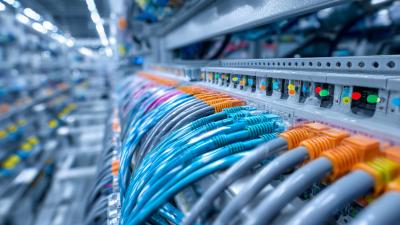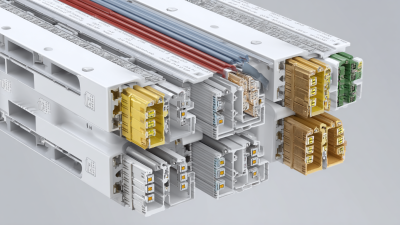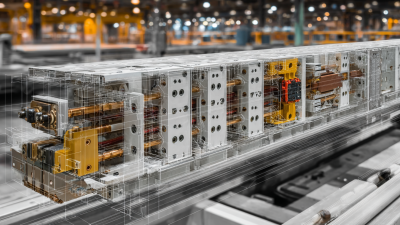Leave Your Message
-
Phone
-
E-mail
-
Whatsapp
-
Whatsapp


In today's fast-paced industrial landscape, the quest for optimal efficiency in electrical distribution has led to the widespread adoption of Busbar Distribution systems. According to a report by MarketsandMarkets, the busbar market is projected to reach $10.4 billion by 2025, demonstrating a compound annual growth rate (CAGR) of 6.3% from 2020. This significant growth is driven by the increasing need for energy savings and improved electrical safety measures. Busbar Distribution systems offer a streamlined solution, enhancing load management while minimizing energy losses—an essential factor as industries strive for sustainability amidst rising operational costs. Furthermore, with the global push towards more efficient electrical infrastructures, these systems provide unrivaled adaptability and reliability, making them indispensable in modern electrical engineering practices. Understanding the benefits of Busbar Distribution is crucial for businesses aiming to enhance operational performance and maintain a competitive edge in their respective markets.
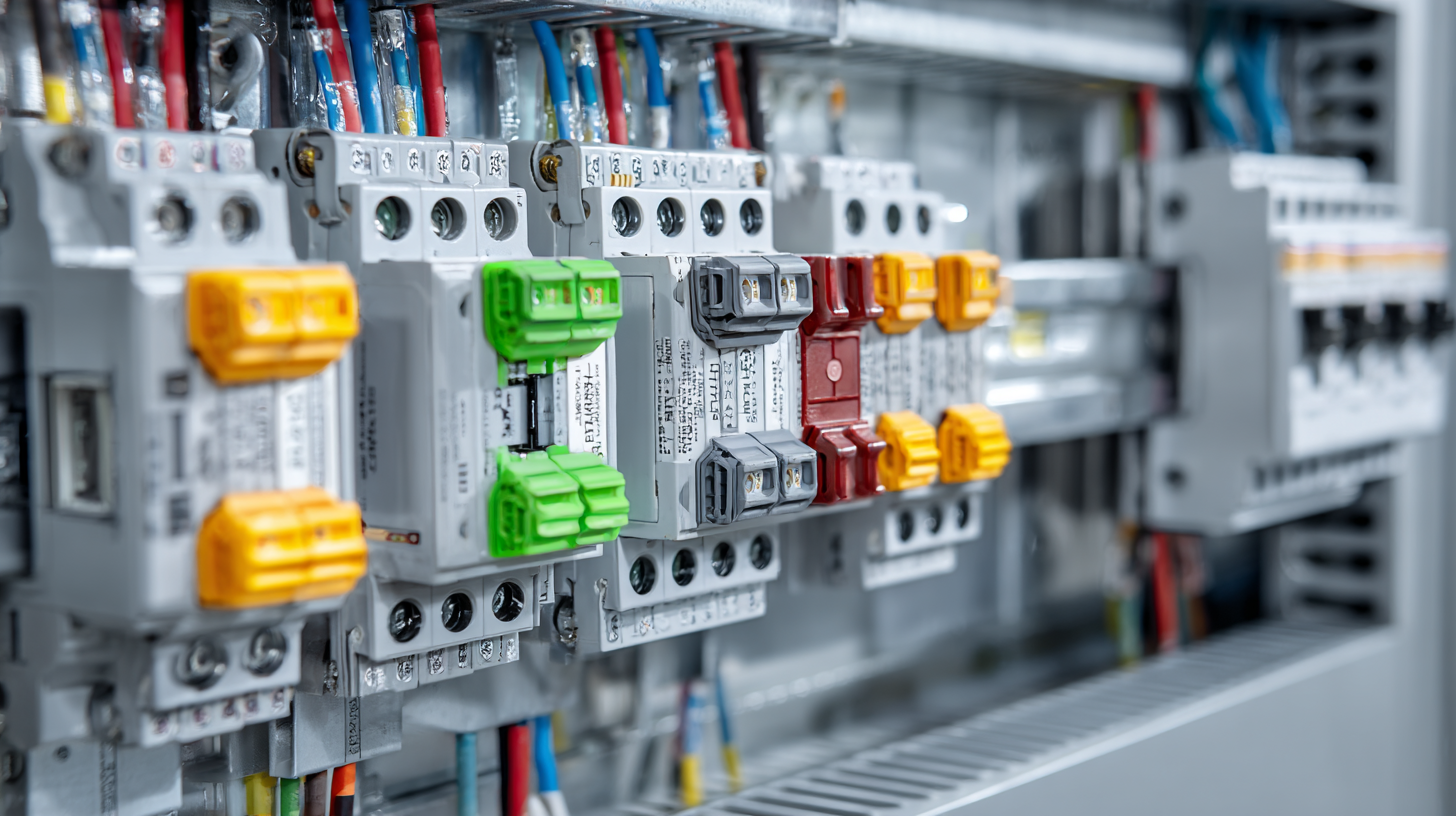
Busbar distribution systems are becoming increasingly vital in modern electrical infrastructure, owing to their unparalleled efficiency and flexibility. According to recent market analyses, the global busbar market is experiencing steady growth, primarily driven by the escalating demand for effective power distribution solutions. Businesses are recognizing the significance of optimizing their energy consumption, which has catalyzed a shift towards more streamlined and reliable electrical distribution methods. In fact, it's projected that the busbar market will expand significantly over the coming years, reflecting the industry's focus on enhancing energy efficiency.
The advantages of busbar distribution systems are multi-faceted. They offer reduced electrical losses, higher load capacity, and simpler installation processes compared to traditional wiring methods. Industry reports indicate that busbars can handle larger currents and provide better distribution of electrical loads, which is crucial in large-scale operations. Furthermore, maintenance requirements are lower, resulting in reduced downtime and operational costs. As energy efficiency remains a top priority for many sectors, the integration of busbar systems is likely to become a standard in upgrading electrical infrastructures.
Busbar distribution systems are key to optimizing efficiency in electrical installations, offering numerous features that enhance overall performance. One of the standout characteristics is their ability to handle high power loads with minimal energy losses. According to a report by the International Energy Agency, busbar systems can improve energy efficiency by up to 30% compared to traditional wiring methods. This is primarily due to their lower resistance and the reduction in voltage drop, allowing for more efficient power distribution across various electrical circuits.
Additionally, the modular design of busbars allows for flexible configuration and scalability, making them ideal for both new installations and upgrades. This adaptability enables facilities to respond quickly to changes in power demands without requiring extensive re-wiring. Moreover, advancements in materials and insulation techniques have resulted in enhanced safety and reliability, further contributing to operational efficiency.
Tip: When implementing a busbar distribution system, consider using thermal monitoring solutions to track temperature changes in real-time. This added layer of monitoring can prevent overheating and enhance system longevity.
Tip: Incorporating intelligent metering can provide insights into power usage trends, enabling facility managers to make informed decisions on energy consumption and operational costs, ultimately leading to increased efficiency.
Busbar distribution systems offer distinct advantages when compared to traditional wiring solutions, particularly in terms of efficiency and space utilization. Unlike conventional wiring, which relies on a network of wires and cables to transmit power, busbars provide a consolidated pathway for electrical current. This not only reduces the amount of material needed but also minimizes the potential for overheating, lowering the risk of electrical failures. Additionally, busbars can handle higher current loads in a compact format, making them ideal for modern facilities with high power demands.
In terms of installation and maintenance, busbar systems simplify the process significantly. With fewer connections required, the likelihood of connection-related failures is reduced, which enhances overall reliability. Furthermore, busbars can be easily modified and expanded to meet changing power needs, offering flexibility that traditional wiring often lacks. In industrial settings where speed and reliability are crucial, the comparative advantages of busbars become even more pronounced, providing a modern solution to age-old electrical distribution challenges.
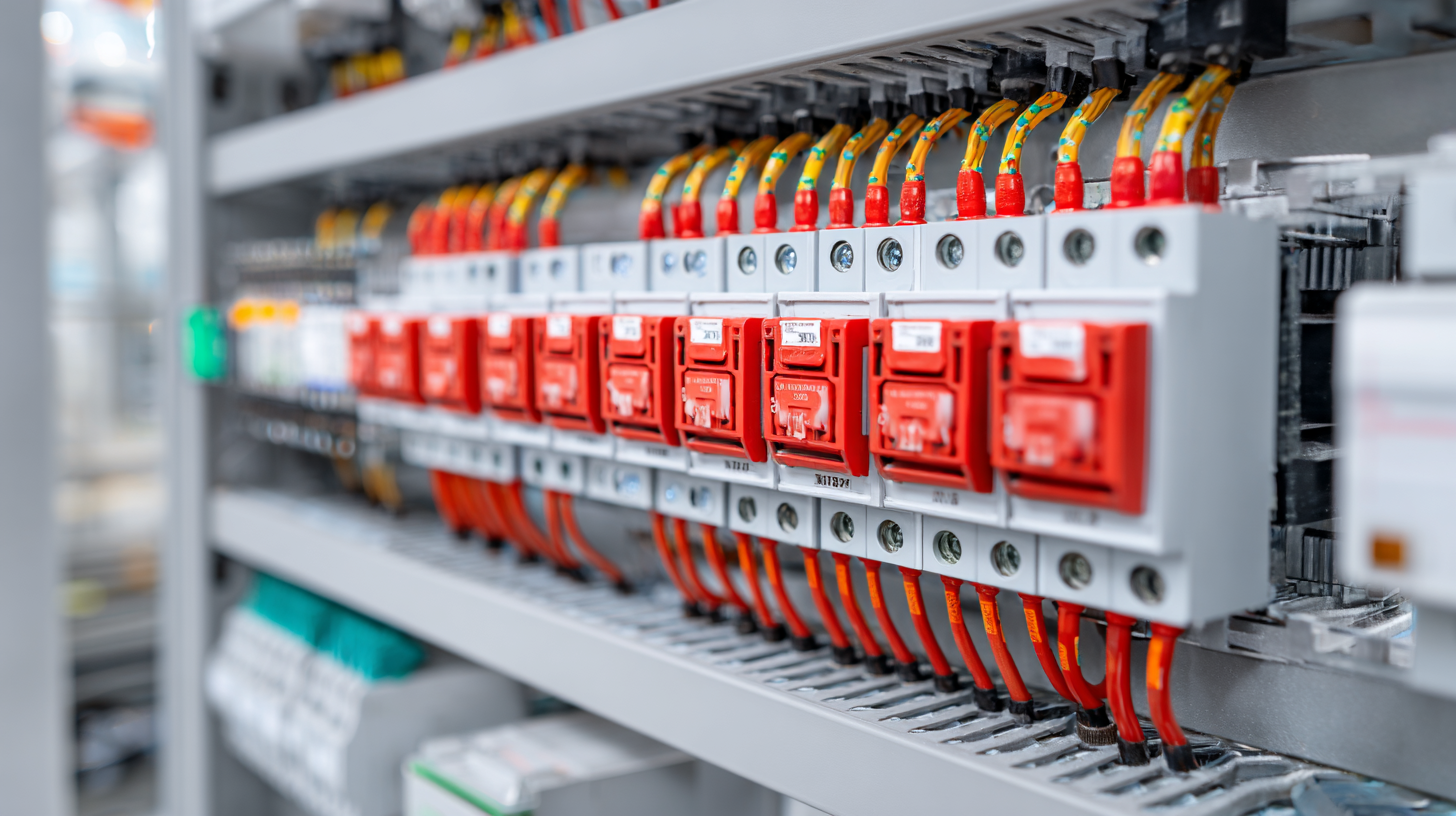
Busbar distribution systems play a vital role in enhancing electrical load management and promoting flexibility in modern power systems. By providing a compact and efficient method of distributing electricity, busbars minimize power losses and optimize the flow of electrical energy. Their design allows for easy scalability and adaptability, enabling operators to manage varying loads effectively. This capability is particularly beneficial in industrial applications where demand can fluctuate significantly. With a busbar system, operators can quickly reconfigure connections to meet changing load requirements without extensive downtime or modifications.
Moreover, the use of busbars enhances the overall safety and reliability of electrical installations. Unlike traditional cabling, which can be cumbersome and prone to overheating, busbars offer a more robust solution, with better current-carrying capacity and reduced risk of electrical faults. This aspect is crucial in environments where operational efficiency and safety are paramount. With integrated monitoring solutions, busbar systems can provide real-time data on load distribution, enabling proactive management and timely responses to shifting electrical demands. Such flexibility ensures that facilities can maintain consistent operations even in the face of unexpected changes in energy consumption.
Busbar distribution systems have emerged as a cost-effective solution for electrical distribution in commercial settings, offering a multitude of financial benefits that can significantly enhance operational efficiency. According to a report by MarketsandMarkets, the global market for busbar systems is expected to grow at a compound annual growth rate (CAGR) of 7.6%, highlighting their increasing adoption due to their cost advantages. One notable factor is the reduction in installation costs; busbar systems are generally quicker to install than traditional cable systems, saving both time and labor expenses. Additionally, they require less space, allowing for more efficient use of valuable commercial real estate.
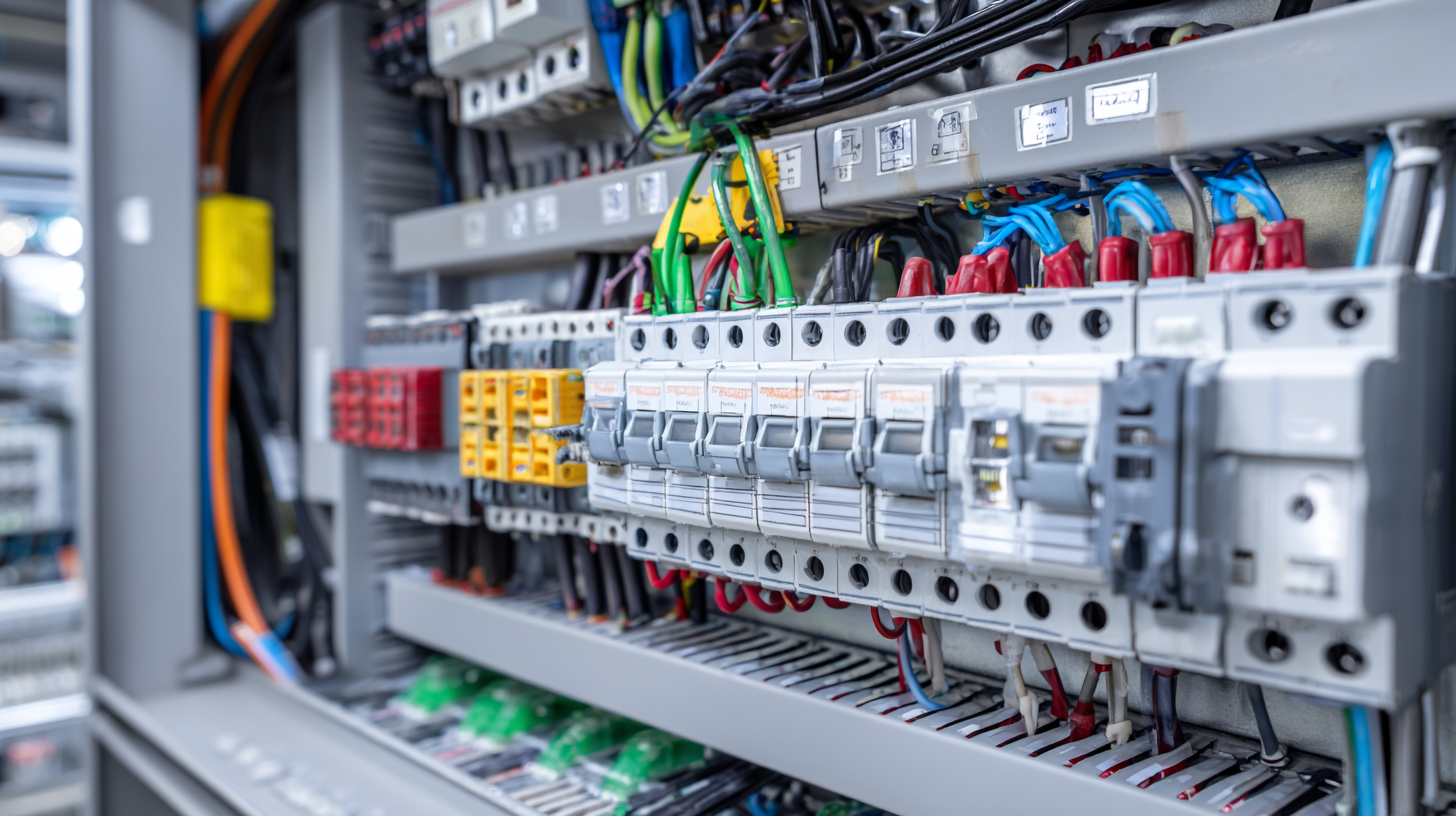
Another financial benefit stems from their inherent energy efficiency, which can lead to lower electric bills. A whitepaper by the Electric Power Research Institute (EPRI) states that busbar systems can reduce energy losses by up to 30% compared to conventional wiring methods, as they minimize resistive losses in electrical distribution. Furthermore, the durability and modularity of busbars mean lower maintenance costs over their lifecycle. With a lifespan of over 30 years, businesses can expect substantial savings in maintenance and replacement, reinforcing the argument for adopting busbar distribution systems in commercial facilities.


